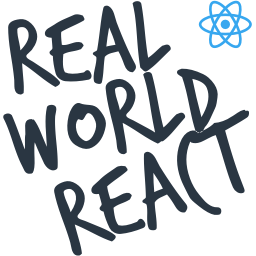Advanced Web Performance Optimizations
As web developers, we have incredible demands placed upon us. Expectations for the quality of websites are remarkably high, and continue to rise. Not only must websites be feature-rich and robust, they must load and run quickly on a near-infinite variety of devices and browsers all around the world. Oh, and do it with limited team members on an aggressive timeline. Come join Kyle Mathews, founder of Gatsby, as he talks about modern web performance. You'll learn the tools & techniques you can start using today to make your React sites super fast. We’ll discuss code splitting, link preload, greedy prefetching, header optimizations, service workers, and more using Gatsby as a case study for these techniques.


